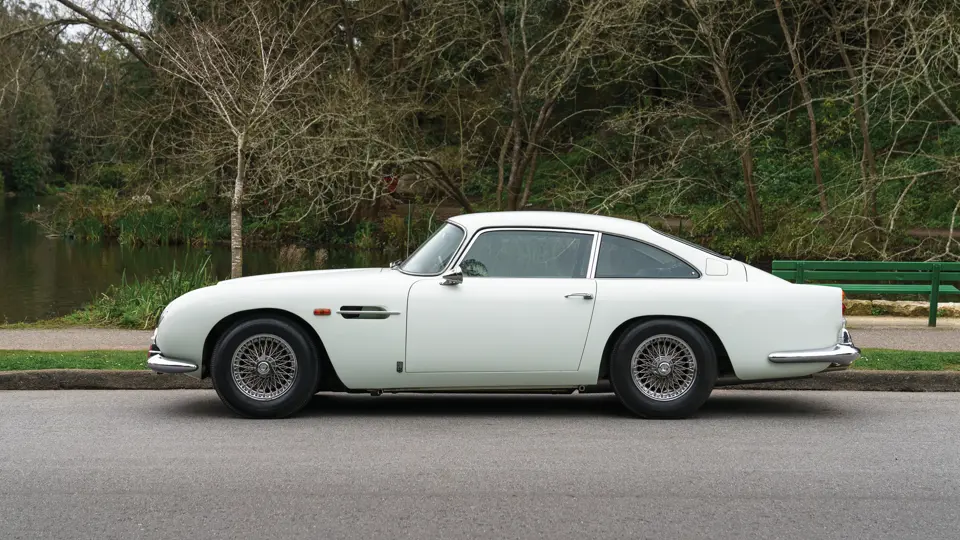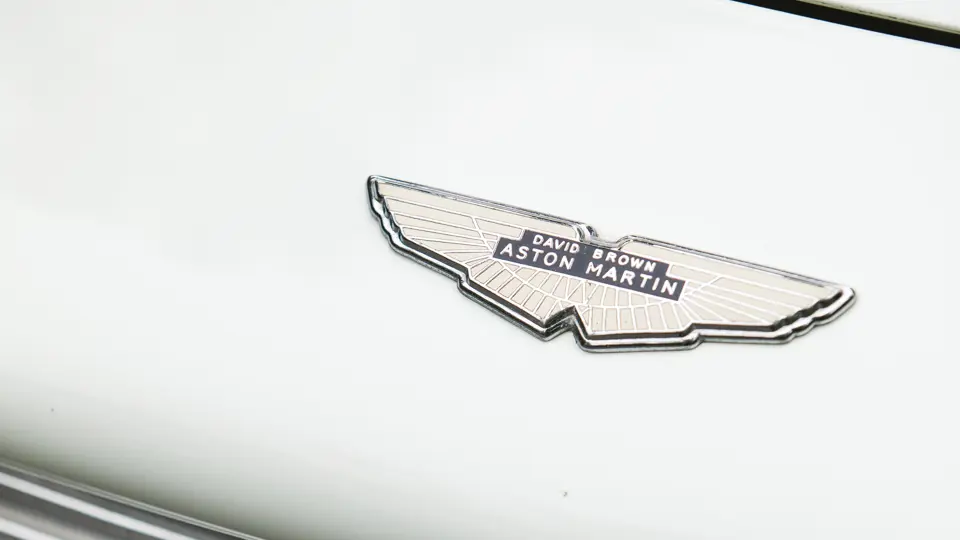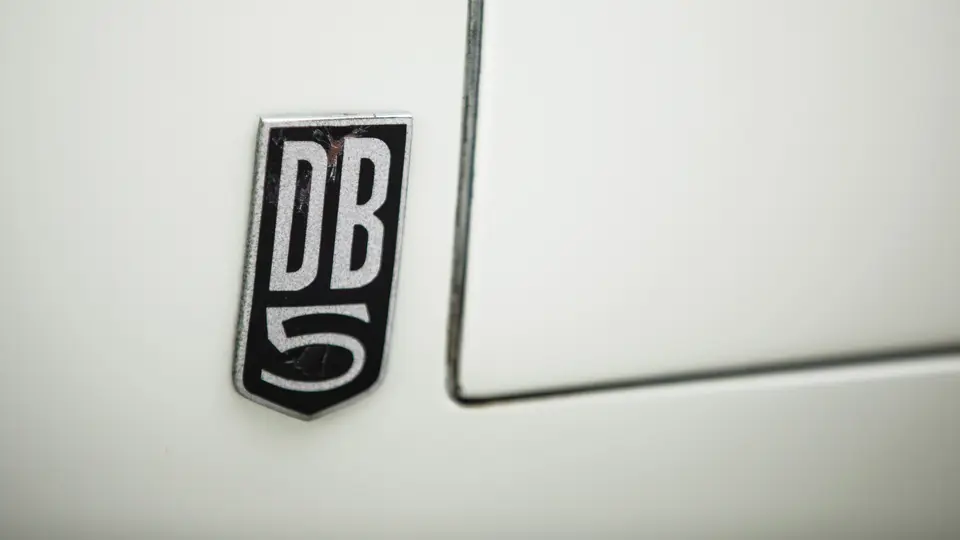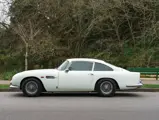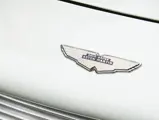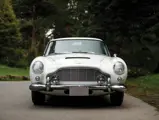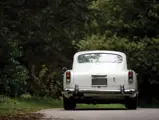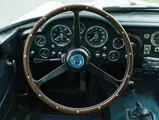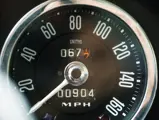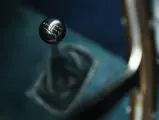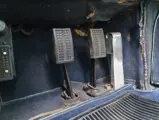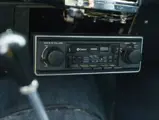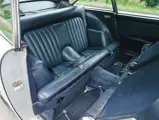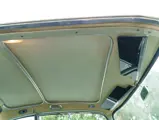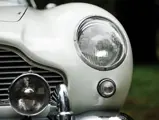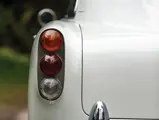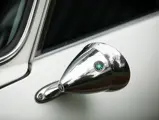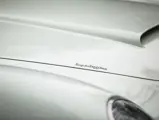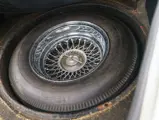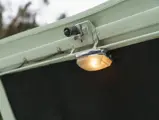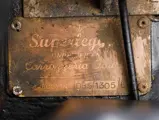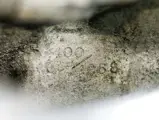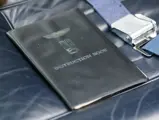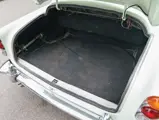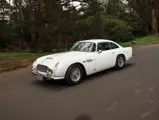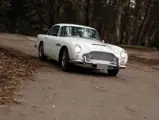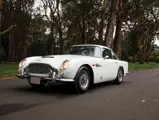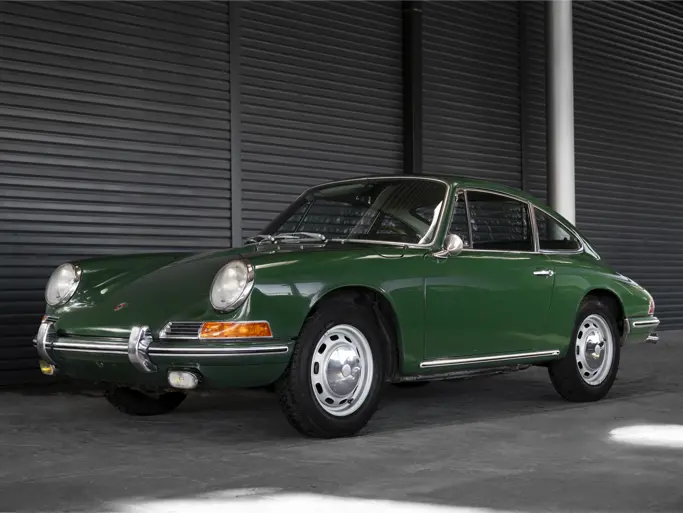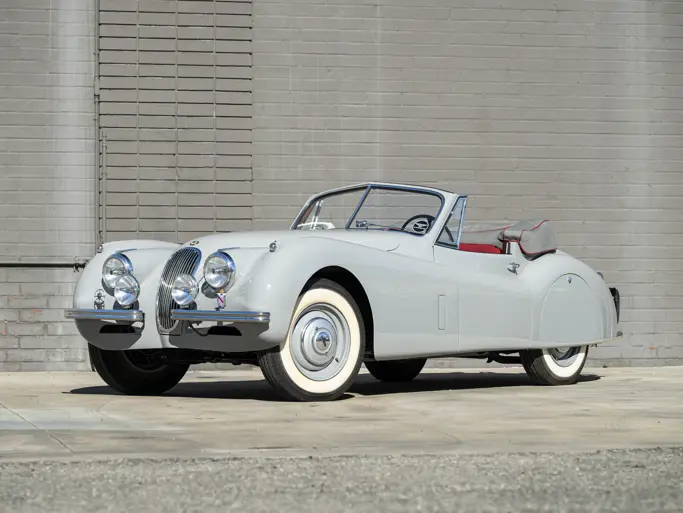
1964 Aston Martin DB5
{{lr.item.text}}
$643,000 USD | Sold
{{bidding.lot.reserveStatusFormatted}}
- The fifth DB5 saloon built
- Retains its original matching-numbers engine
- Nearly 40 years in current ownership
- Maintained by the esteemed Kevin Kay Restorations
- Documented with factory build sheet and extensive service invoices
- A well-maintained and important early example of Aston Martin’s legendary saloon
Not merely the best-known model produced by Aston Martin, the DB5 saloon (as the factory called it for tax purposes) is generally regarded as one of the most famous automobiles ever built by any marque. Introduced at the 1963 Earls Court Motor Show, the DB5 was an obvious extension of the DB4, featuring similar Touring-designed coachwork and an enlarged 4-liter update of Tadek Marek’s race-engineered aluminum engine.
With 170 improvements over the preceding model, the DB5 was undoubtedly a superior driver’s car, and the company landed one of history’s most famous marketing coups when the DB5 was chosen as superspy James Bond’s transport for the 1965 film Goldfinger. With a modest production of 1,021 examples built through 1965, the DB5 has evolved into the marque’s most timeless classic, appealing to dedicated enthusiasts and casual observers alike.
Claiming an extremely early position in the model’s build sequence, this highly original and well-maintained DB5 benefits from nearly 40 years of consistent care by the current owner. According to a factory build record, chassis no. 1305/L was optioned with overdrive and a brisk final-drive ratio of 3.77:1. Also equipped with three-eared hubcaps over chrome wheels, and Ace number plates reading “DB5 1964,” the Aston Martin completed assembly in October 1963 finished in Platinum (white) paint and trimmed with dark blue Vaumol leather from Connolly Brothers. By virtue of its chassis number, the DB5 is just the fifth saloon built, and correspondence from the manufacturer confirms the car is among the first half-dozen examples completed.
Retailed through British Motor Car distributors in San Francisco, the DB5 was one of the very first of its kind on the West Coast. It was purchased new by the Washington Fruit and Produce Company of Yakima, Washington, on behalf of John Bloxom, the company’s owner and manager. According to his son, after taking delivery of the DB5 in mid-June 1964, Mr. Bloxom took great pleasure in driving the car, commuting 120 miles several times each month to a related business division in Hood River, Oregon. Relishing Oregon’s winding roads, Mr. Bloxom received at least a few speeding tickets along the way and even ran the car in a local hill climb at Maryhill Loops.
By the mid-1970s, Mr. Bloxom sold the Aston Martin, and it passed to one or two intermediaries over the next few years before becoming available for sale in 1981 in Sausalito, California. Purchased then by the current owner, a collector based in nearby San Francisco, the DB5 has gone on to enjoy 38 years of consistent care under the consignor’s conservancy. The DB5 has always been maintained and serviced while in the consignor’s ownership, with extensive service work performed by the respected Kevin Kay Restorations of Redding, California, in recent years. A large file of service invoices documents a regular history of maintenance with some cosmetic refurbishments along the way. Some years ago the front seats were reupholstered in Connolly leather, and the body was taken down to bare metal and repainted in lacquer, all in keeping with the proper original color scheme of Platinum over dark blue. The owner also bolstered the car’s documentation by contacting Aston Martin and sourcing the build record, as well as with correspondence confirming the car’s important early position as just the fifth saloon built.
Never completely restored, this highly authentic Aston Martin retains the majority of its original mechanical components, including the factory-equipped matching-numbers engine. It may be enjoyed and driven as is, or considered a straightforward candidate for a full concours restoration. As just the fifth example produced, the car is a wonderful testament to the purity of the original DB5 design, and it is desirably documented with 35 years of service invoices, a heritage certificate from the BMIHT, the original owner’s manual, and the aforementioned build record and factory correspondence. Period workshop and parts manuals and a jack are also included.
An important Aston Martin that displays the rewarding benefits of nearly 40 years of care by a single conservator, this DB5 should appeal to any marque enthusiast as a particularly desirable example of Newport-Pagnell’s most legendary model.
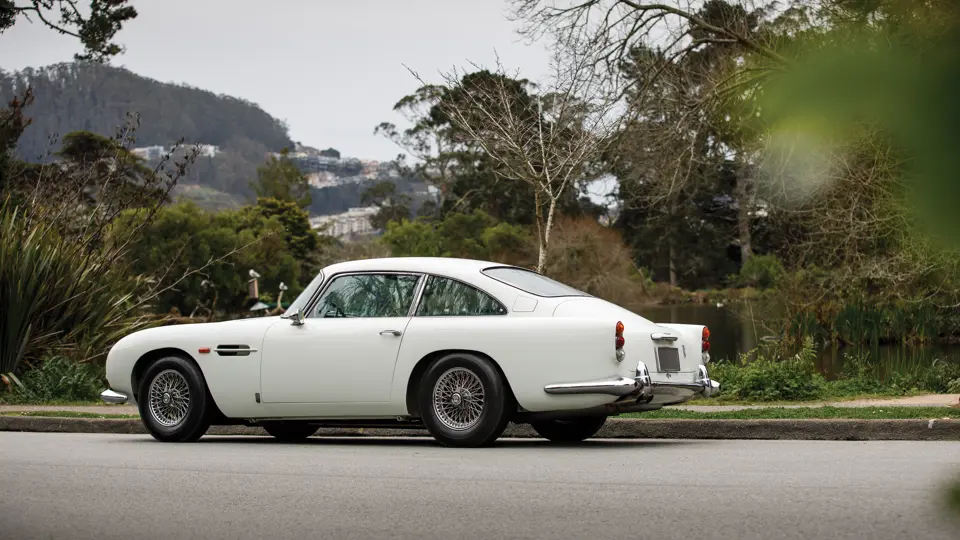
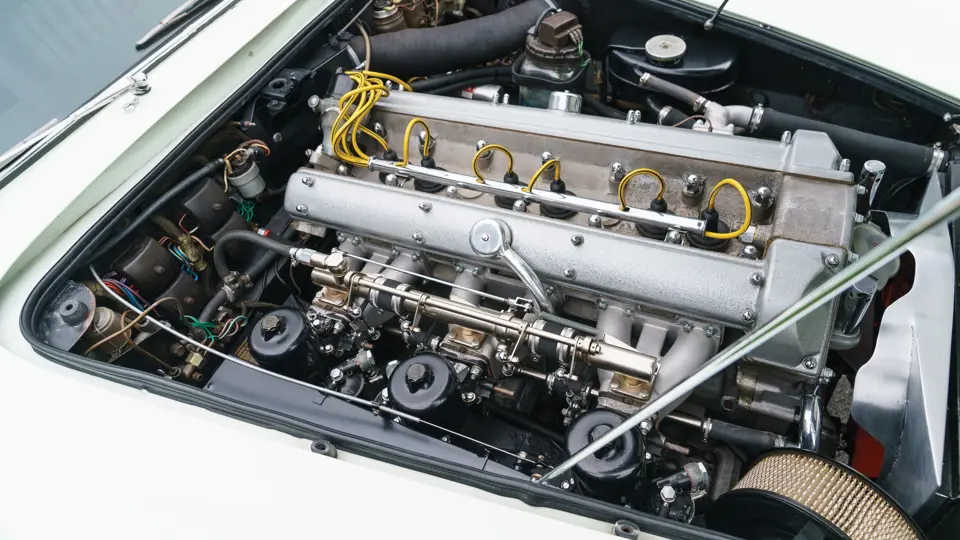


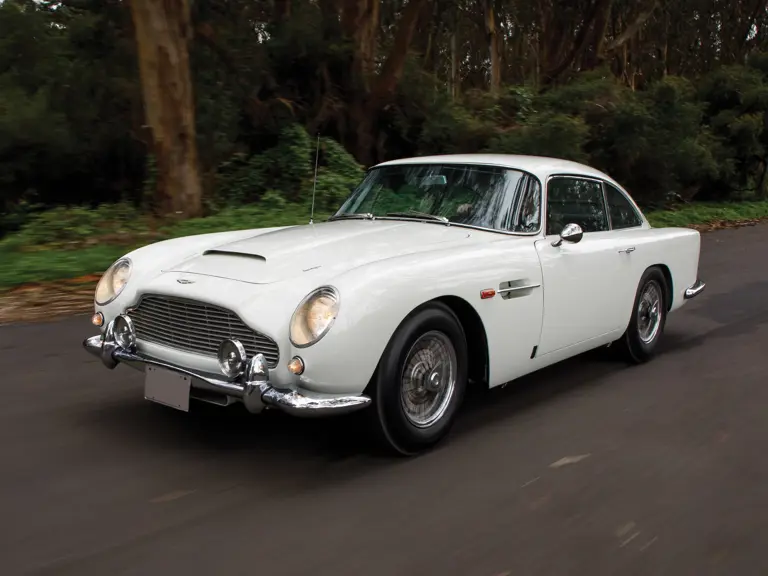
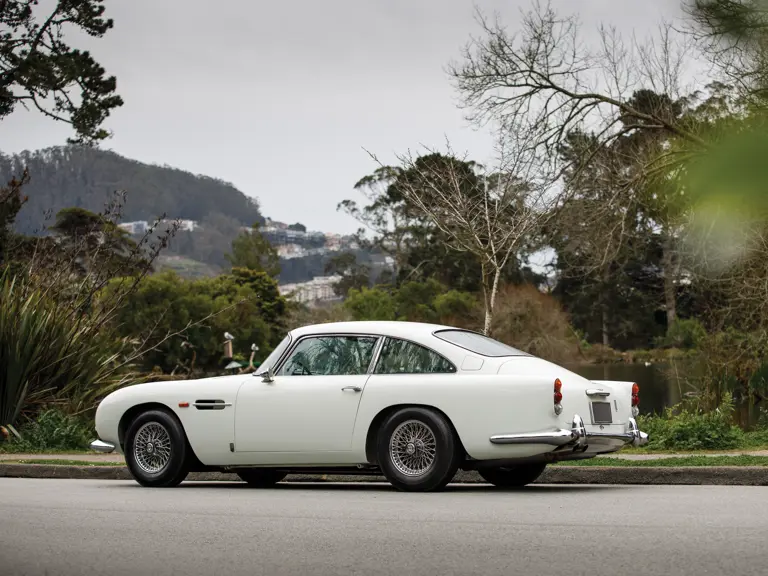
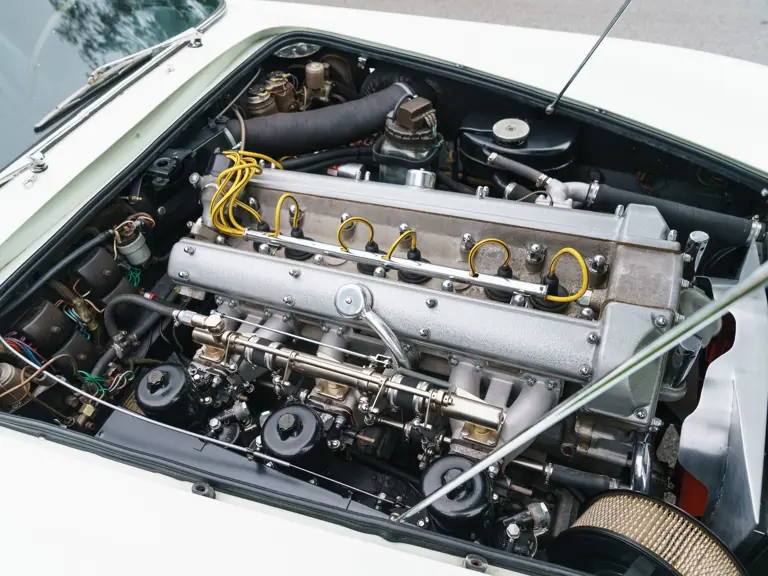
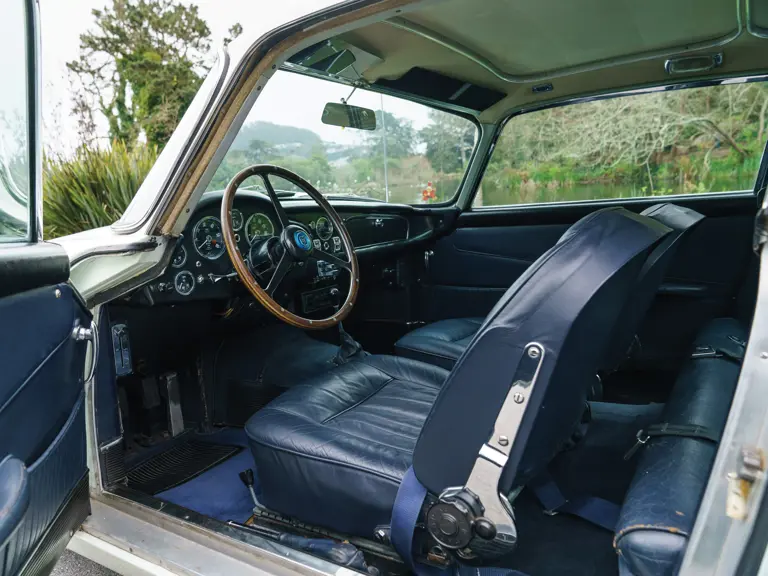
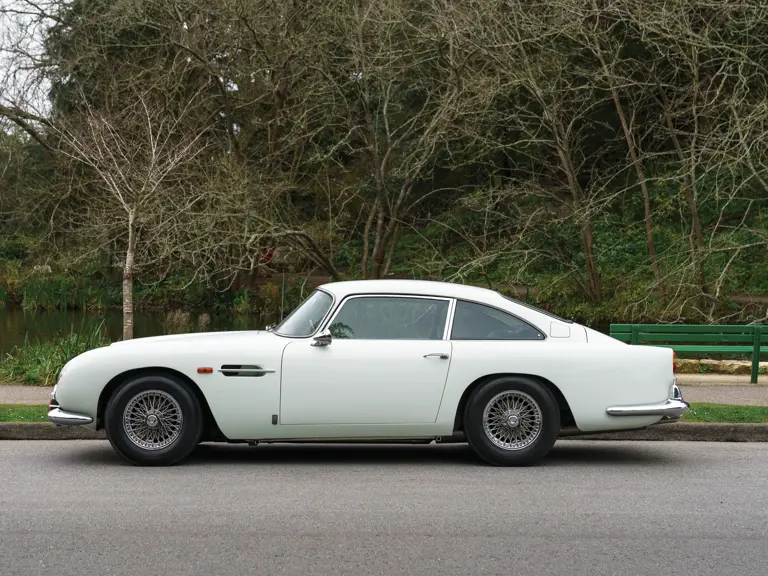
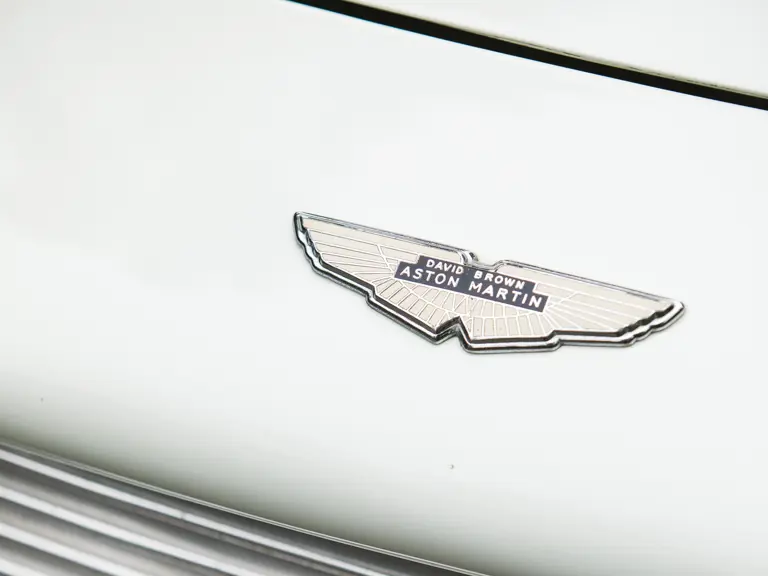

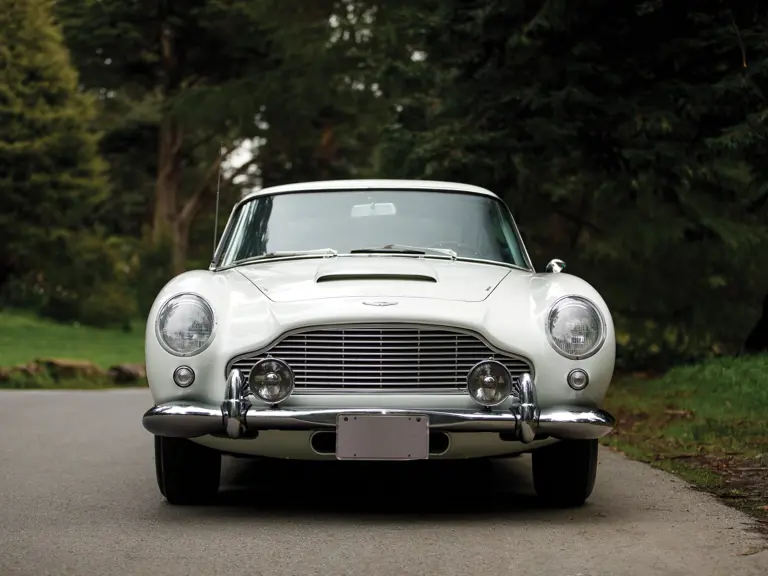

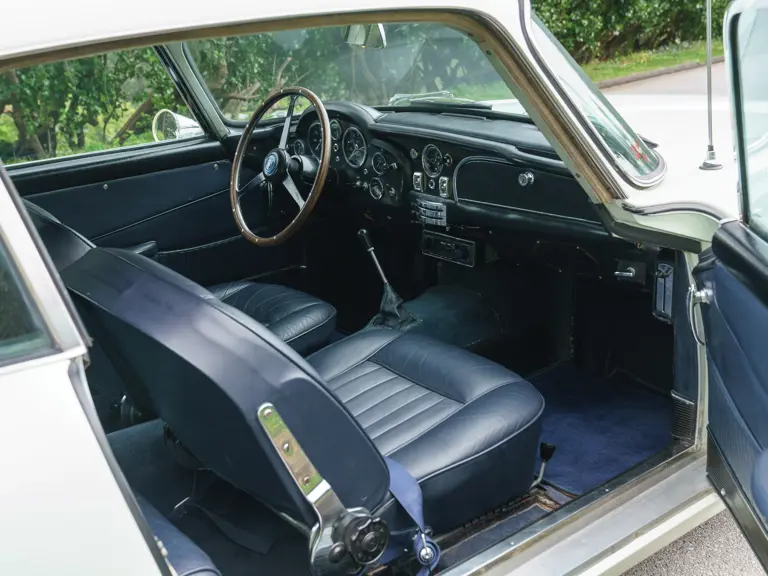

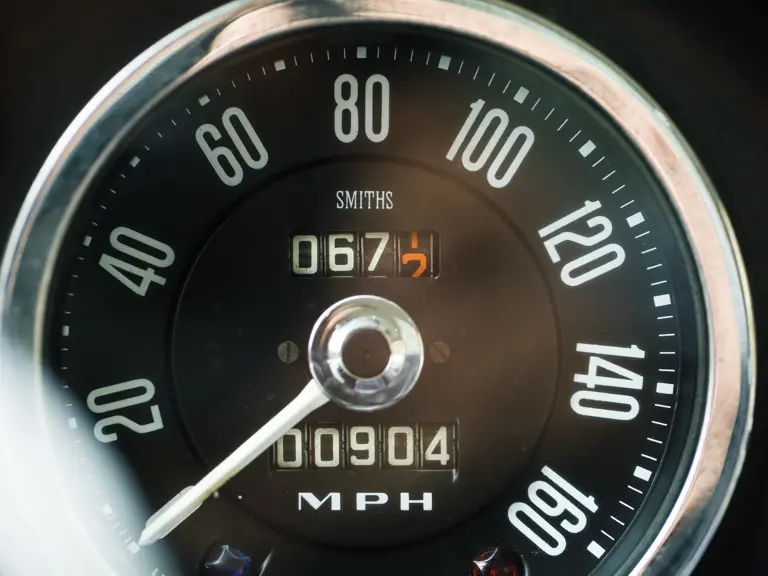
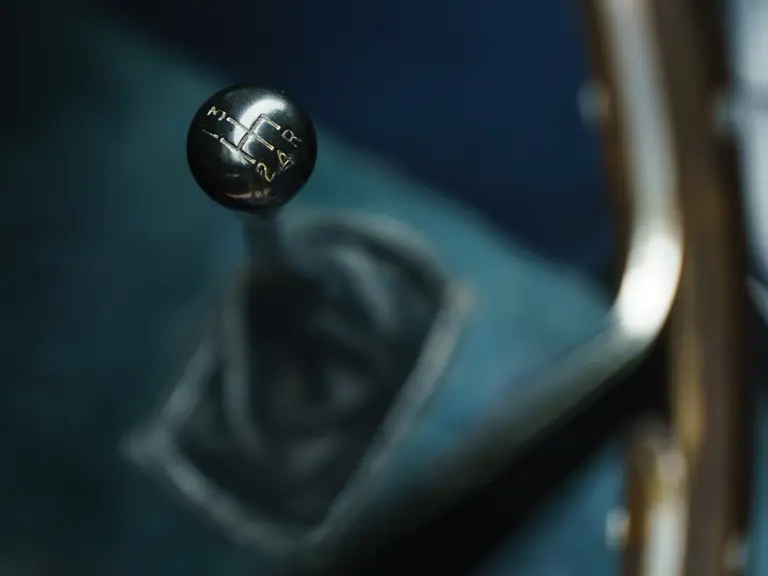
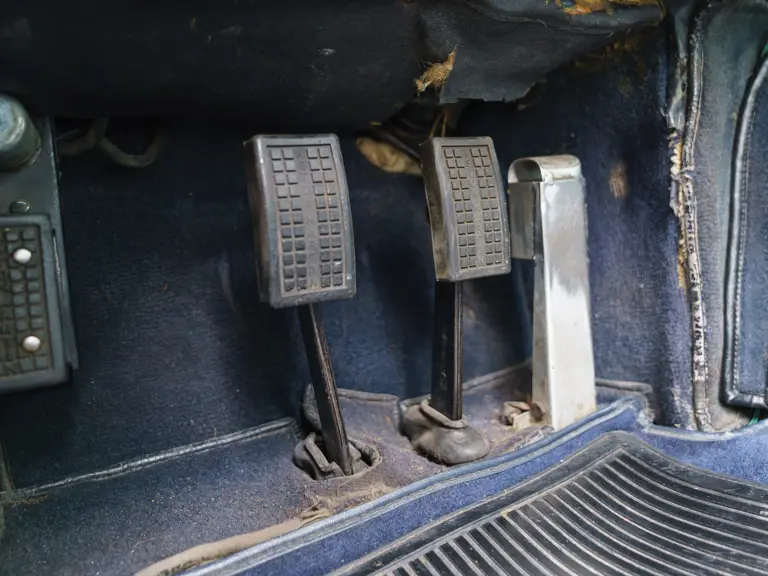

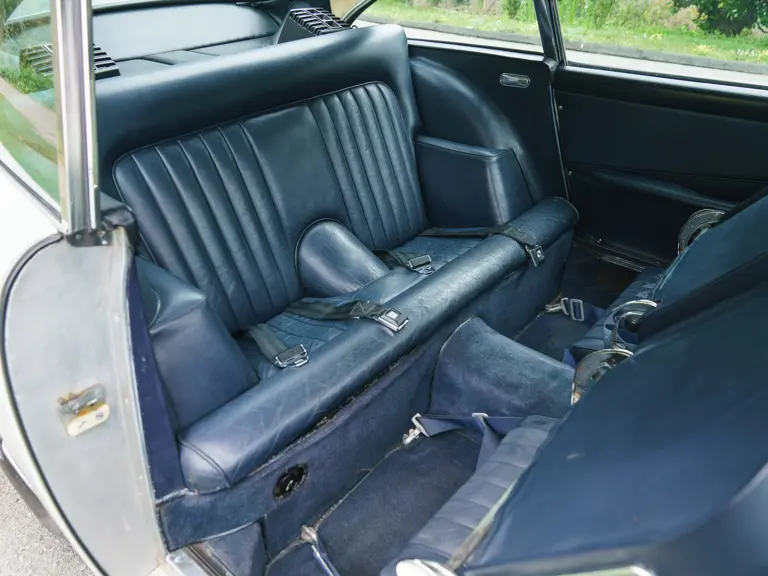
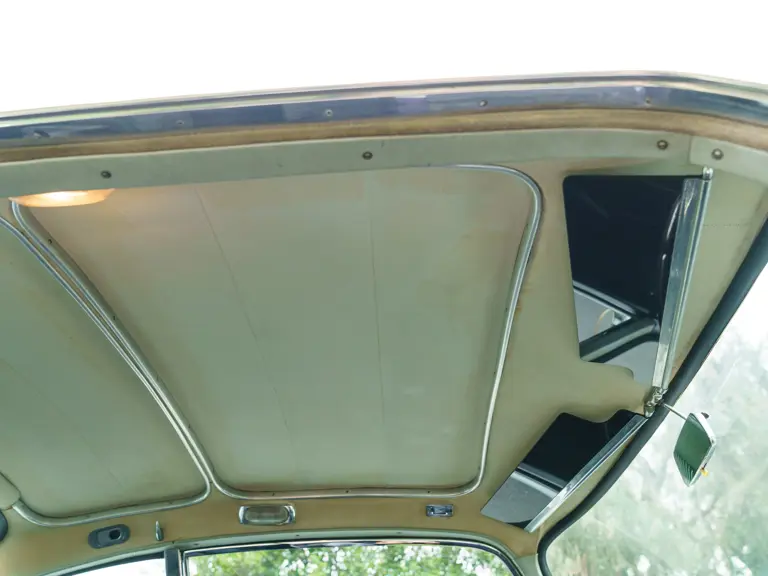
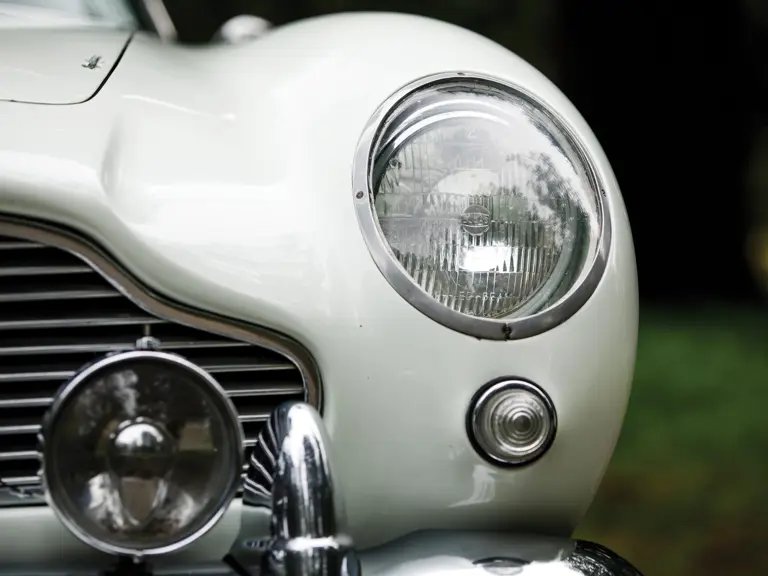
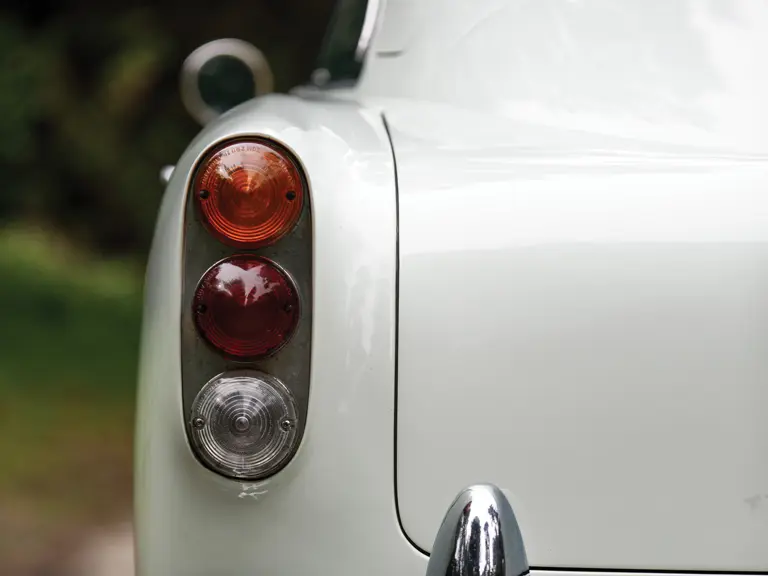

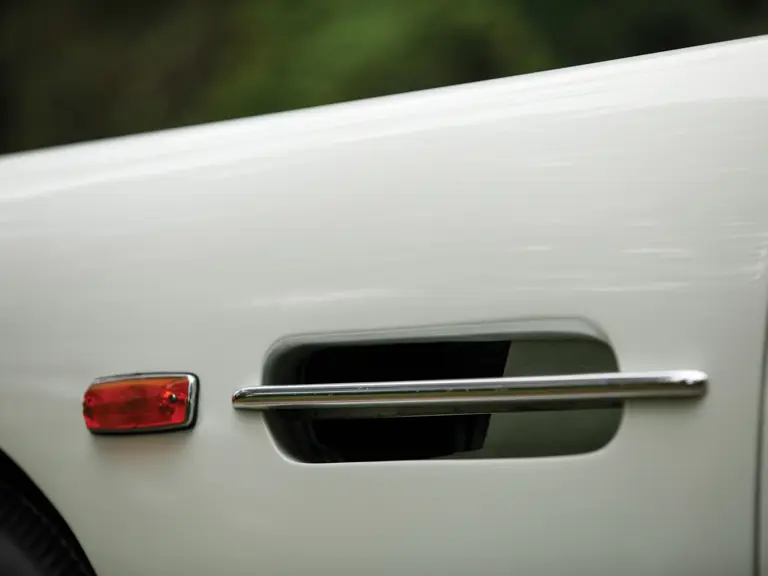
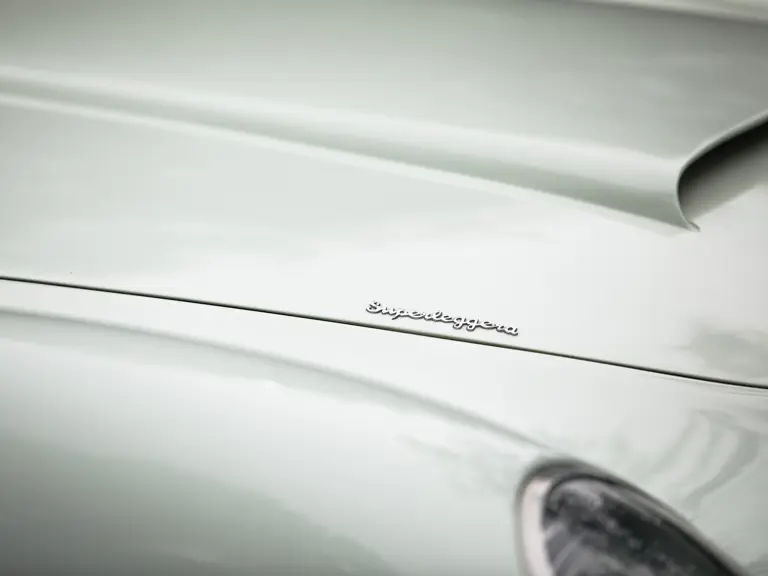
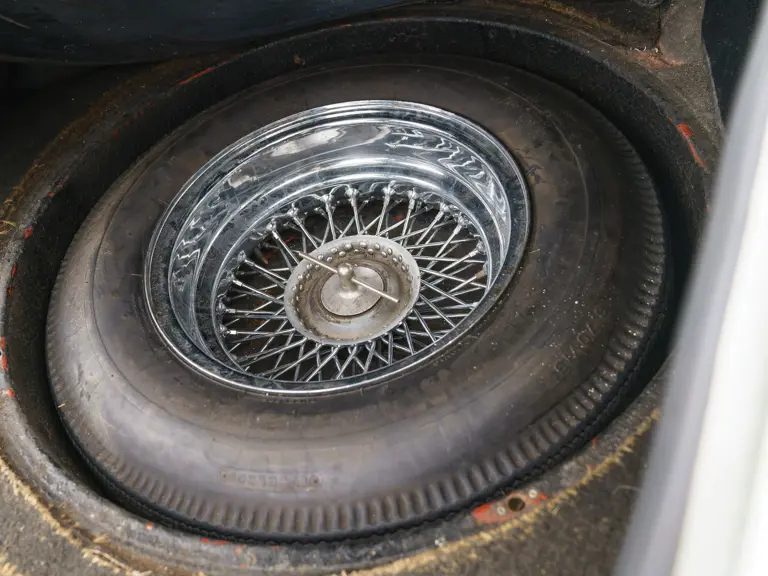
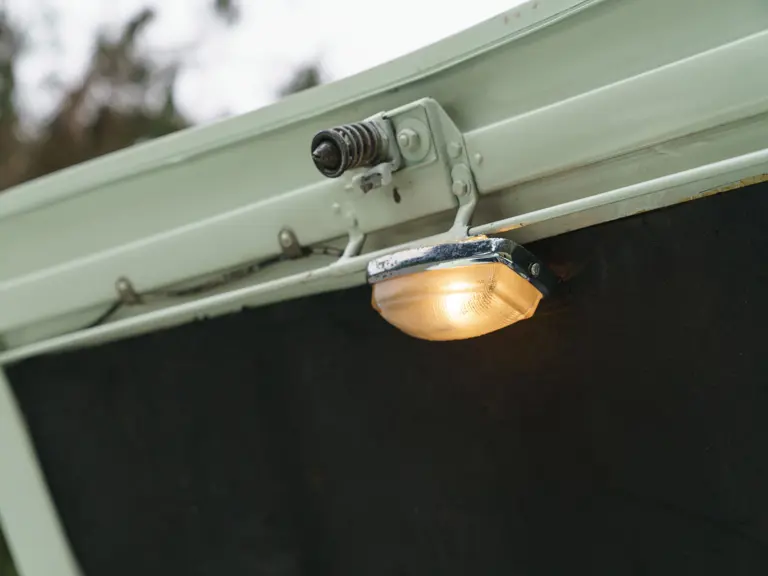
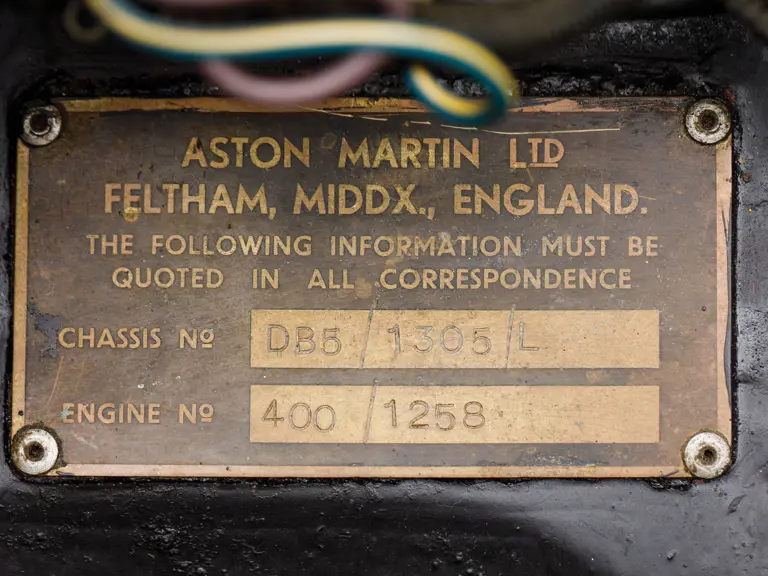
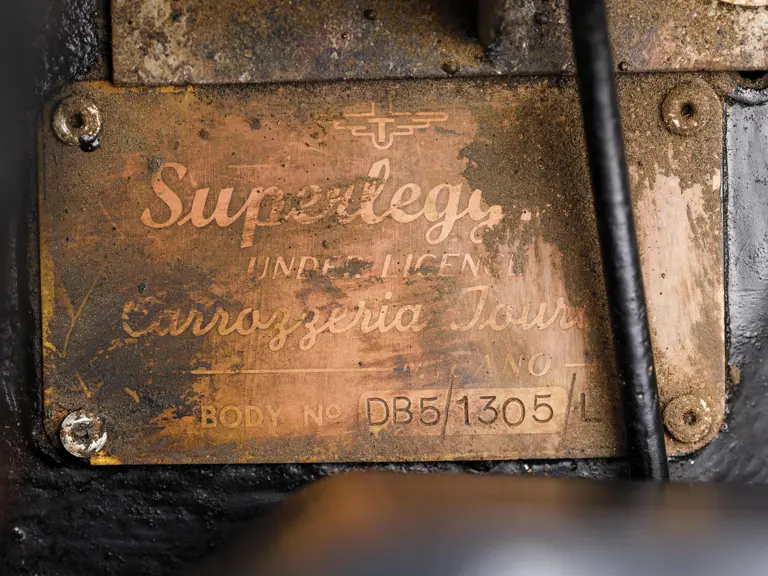
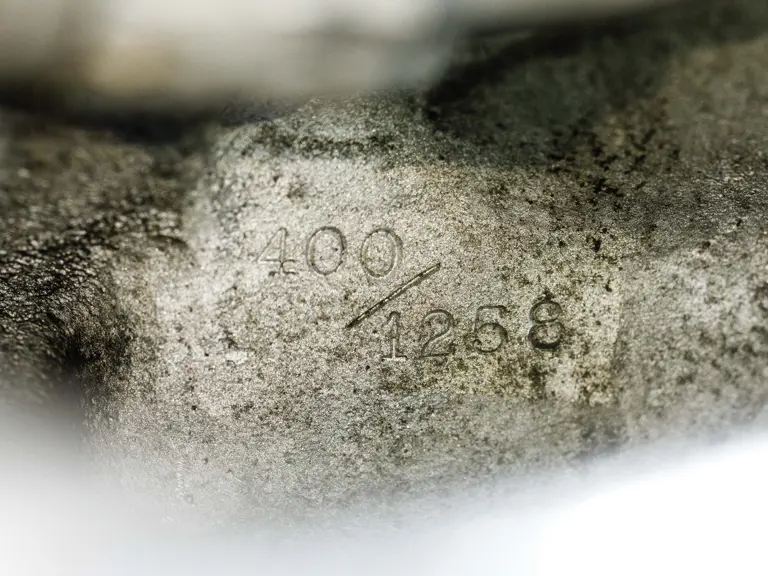
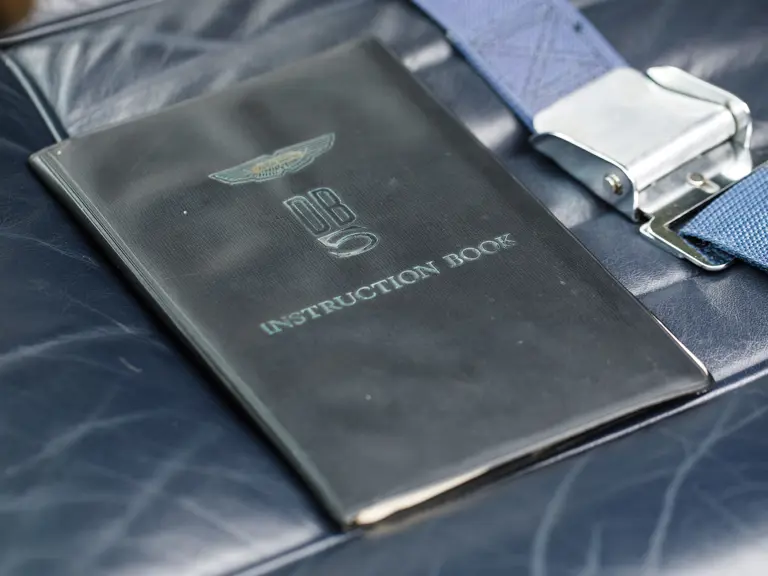
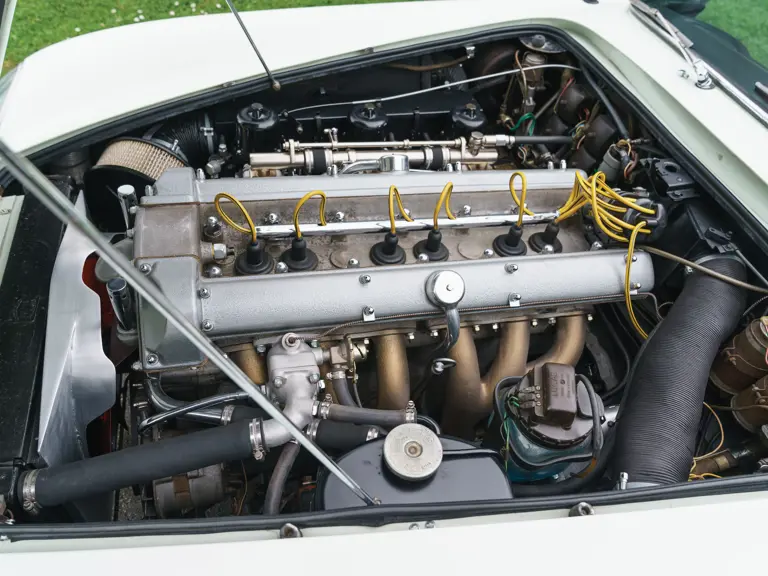


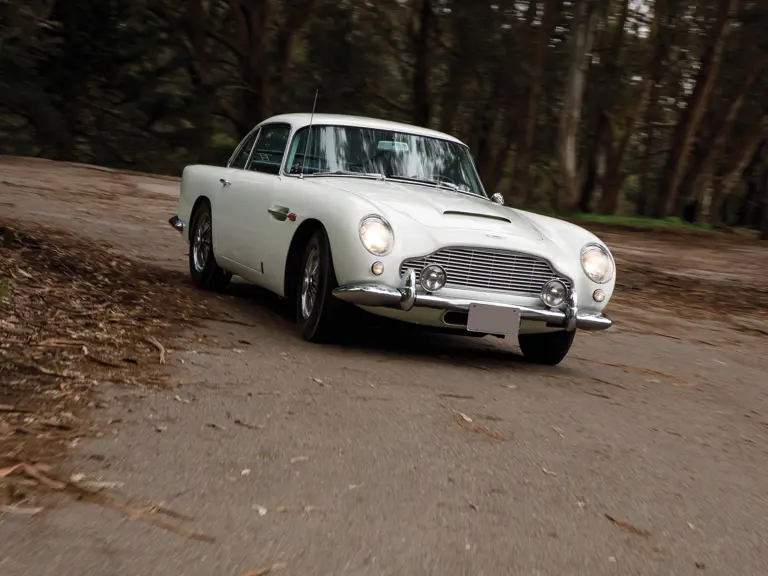
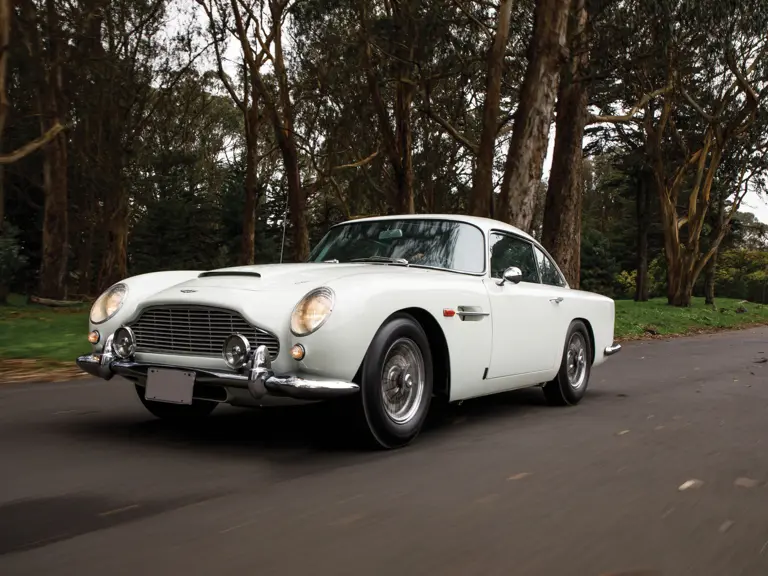
 | Monterey, California
| Monterey, California
